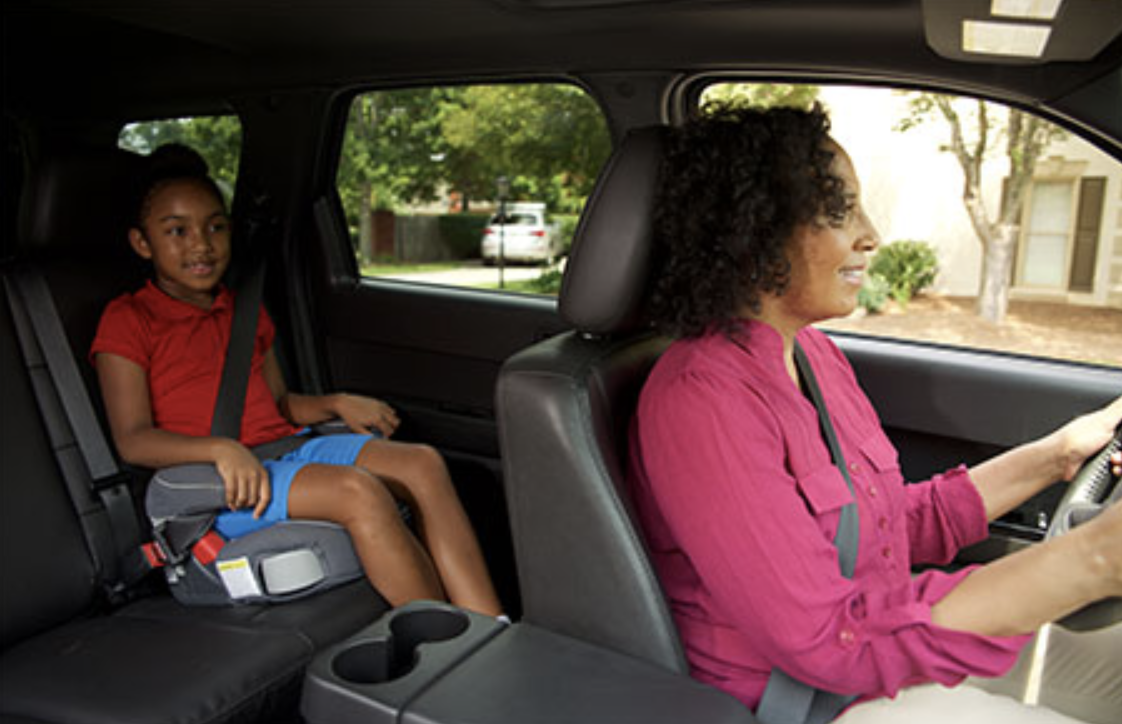Tips to Soothe People Who Struggle with Car Rides

Many kids struggle with long car rides. But for people with autism, sensory needs or other disabilities, even a short car trip can be hard. They may feel uncertainty of what will happen at the destination, and the sensory elements of the ride like the motion, noises and sights can be overwhelming. They also have to remain seated and buckled in, which may feel too restrictive.
Here are some strategies to help make your child's next car ride a positive experience for your loved one.
How to prepare for your trip:
- Engage in calming activities before your car ride to help your loved one's sensory system feel prepared.
- Go over the steps of the ride before your trip. Practice getting into the car, sitting in the seat or car seat, putting on the seatbelt, taking it back off and getting out of the vehicle. If any of these steps are more challenging, you may want to practice these steps more or provide more support during the ride.
- Take care of your child, teen or adult's physical needs. Make sure they have used the bathroom, bring a snack and water and keep the temperature comfortable for him or her during the ride.
Here are some sensory tools that may help:
- Have a to-go kit in your car with sensory tools your teen, child or adult enjoys. Some ideas for sensory tools are noise-reducing headphones, fidgets, weighted lap pads, sunglasses or visors, vibrating objects, a chewy or gum.
- Find music that makes your loved one feel calm. Music with a predictable rhythm and slower tempo is going to be more calming than music that changes speeds or has a fast tempo. Instrumental music can be more calming. However, some individuals are calmed by the lyrics of their favorite songs. Try different types of music to figure out what works for him or her.
These visual tools can motivate and soothe your loved one:
- Create a visual schedule with the steps of the car trip. The schedule could include steps like get into the car, buckle seatbelt/car seat, ride to the location and get out of the car.
- Print a map of the route, so your loved one can follow along during the car ride.
- Create a social narrative around what it feels like to ride in a car. This could include descriptions of the motion he or she may experience along with the sounds and sights of the ride. You can also provide strategies for your loved one for any challenging parts.
- Use a reward chart to encourage your child, teen or adult to remain seated and safely buckled during a ride. For each successful trip, maybe your child gets a sticker for the chart. Once your child gets 5 stickers, he or she child earns a prize like a favorite piece of candy, playing a favorite game or another activity that motivates him or her.
Don't get frustrated if something doesn't work for your child. Occupational therapy is all about learning what does and does not work for children, so we can help them learn and grow. #ICAN #occupationaltherapy #struggleswithchildrenwithsensoryneeds